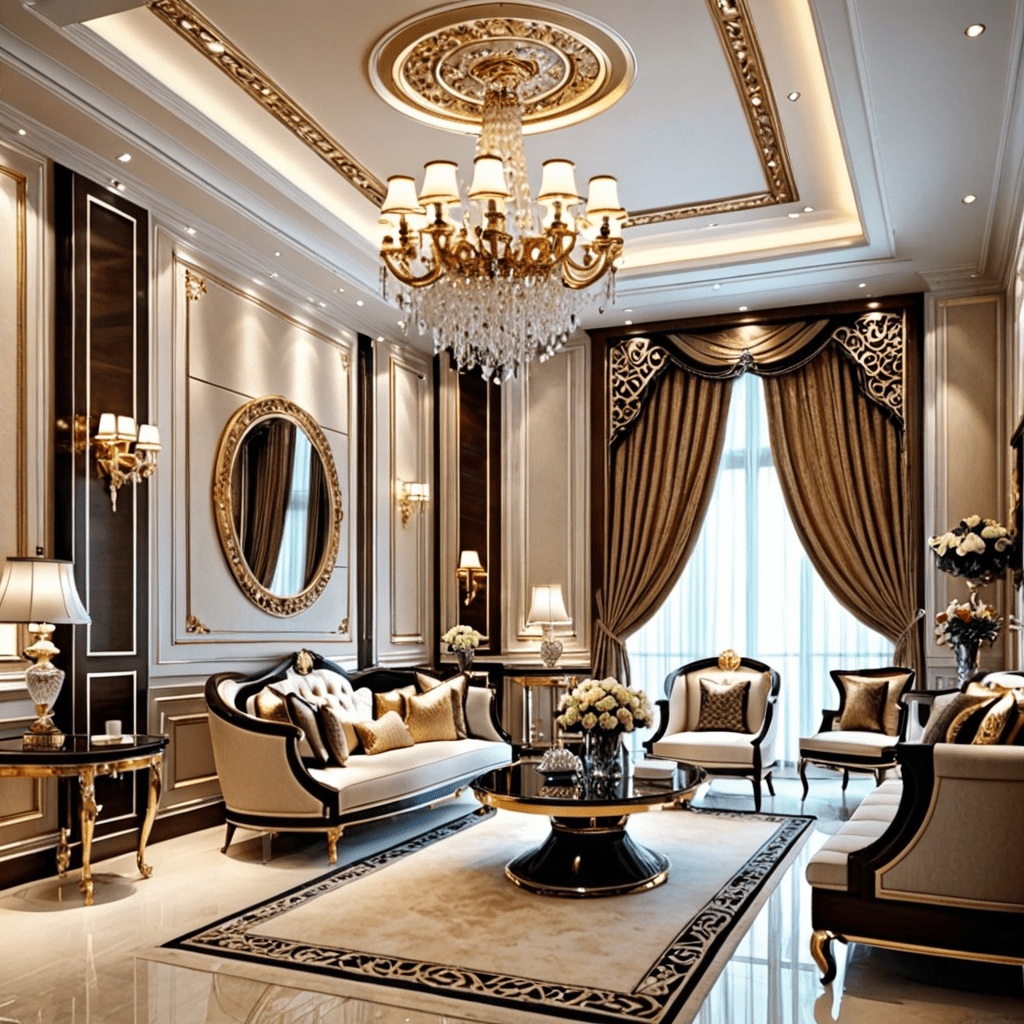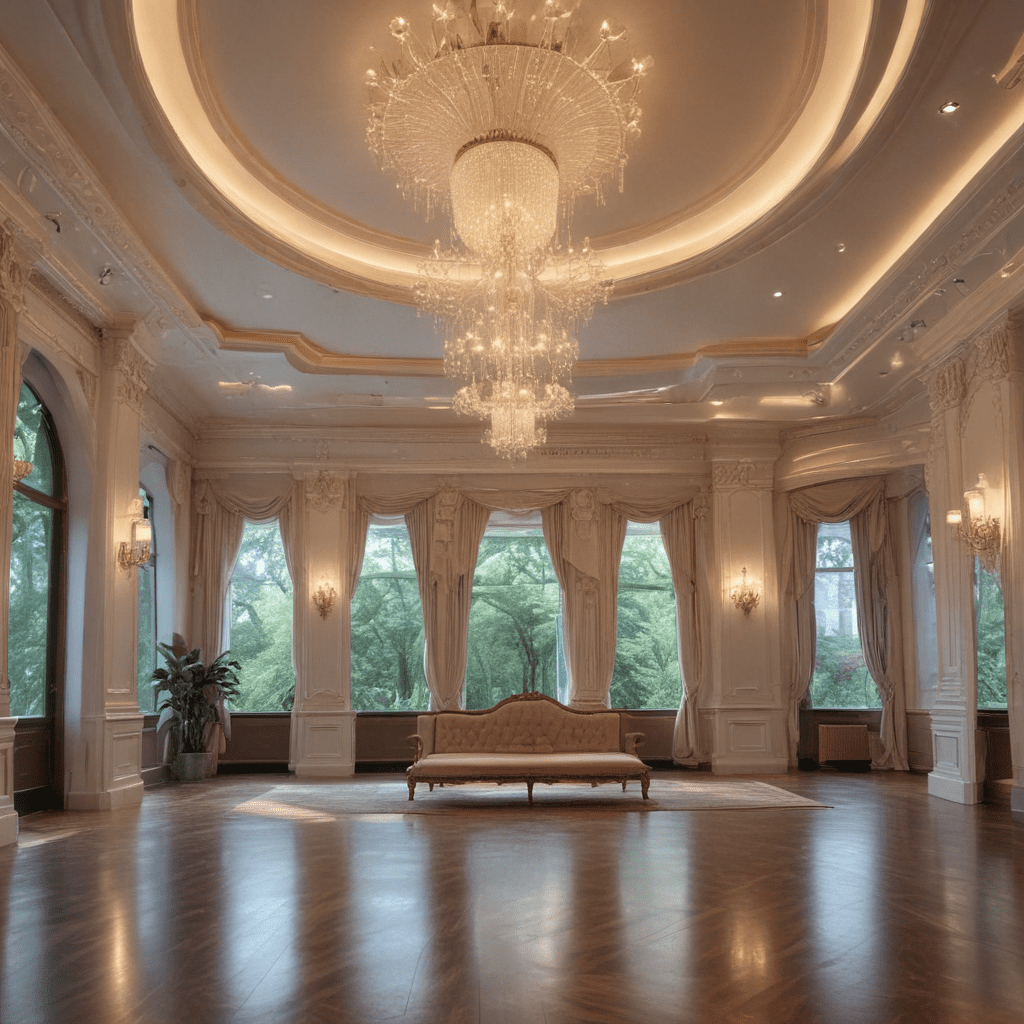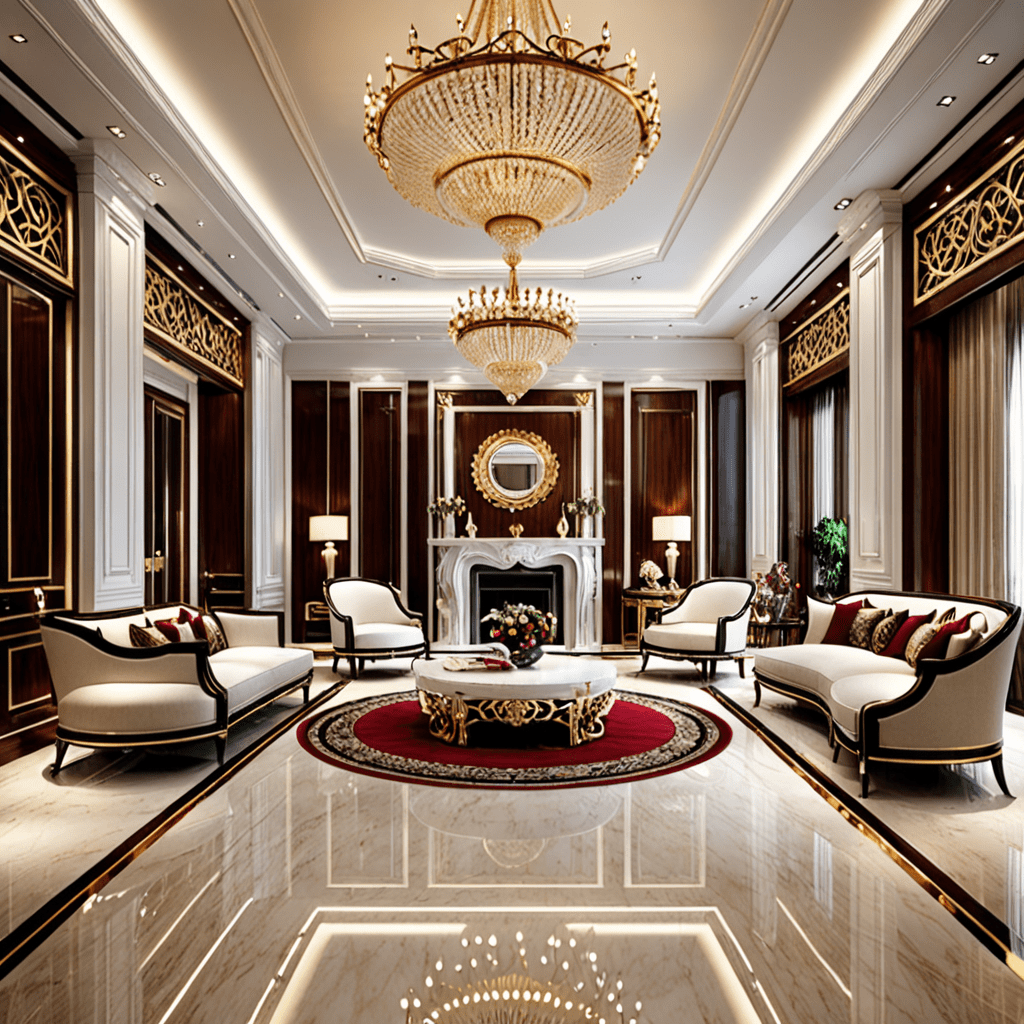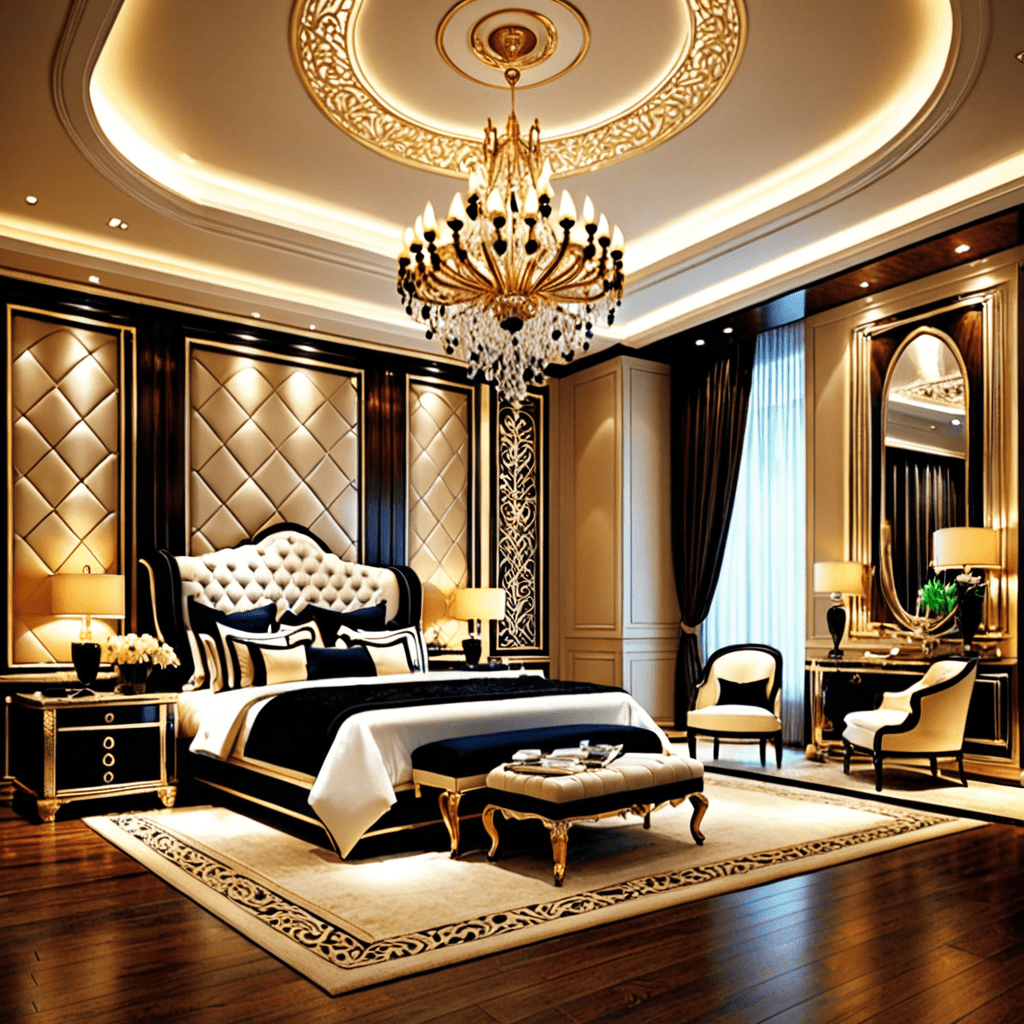„Unveiling the Allure of Modern European Interior Design”


Unveiling the Allure of Modern European Interior Design
1. Introduction to Modern European Interior Design
Modern European interior design is a style that combines the elegance, sophistication, and timeless appeal of European design traditions with the sleekness and simplicity of modern aesthetics. This unique fusion creates a harmonious balance between traditional opulence and contemporary minimalism, resulting in spaces that are both luxurious and functional.
2. Key Elements of Modern European Interior Design
When it comes to modern European interior design, several key elements define its distinct style:
- Neutral color palettes: Modern European interiors often use neutral colors such as whites, creams, greys, and earth tones as a base, allowing for the integration of vibrant accents.
- Minimalist furniture: Clean lines, sleek forms, and simplicity characterize the furniture in modern European interiors. Functional pieces that prioritize comfort are widely embraced.
- Luxurious materials: Upholstered furniture, natural stone, rich woods, and high-quality textiles are commonly used to elevate the overall aesthetic of the space.
- Eclectic accents: Modern European design seamlessly blends different styles and influences, incorporating eclectic accents such as ornate chandeliers, antique mirrors, and unique artwork.
- Statement lighting: Striking lighting fixtures serve as both functional elements and design focal points in modern European interiors, adding drama and visual interest.
- Open floor plans: Emphasizing a sense of spaciousness and flow, open floor plans are often favored in modern European interior design.
3. Popular Trends in Modern European Interior Design
As with any design style, modern European interior design continues to evolve and embrace new trends. Here are some of the popular trends in this field:
- Biophilic design: Incorporating elements of nature into interior spaces, such as indoor plants and natural materials, to create a sense of tranquility and connection to the outdoors.
- Sustainable design: Using eco-friendly materials, energy-efficient lighting, and implementing sustainable practices to promote a more environmentally conscious approach to design.
- Mixing textures: Combining different textures, such as smooth fabrics with rough-hewn woods or matte finishes with glossy accents, to create visual interest and tactile appeal.
- Bold color choices: While neutral palettes are common in modern European design, introducing pops of bold color through accessories or statement pieces can add personality and vibrancy to the space.
- Contrasting elements: Pairing contrasting elements, such as traditional architectural features with modern furniture or vintage accessories with contemporary artwork, creates an intriguing juxtaposition.
4. Applying Modern European Interior Design in Your Home
Whether you’re redesigning your entire home or just a specific room, incorporating modern European interior design elements can elevate the aesthetic appeal of your living space. Here are a few tips to guide you:
- Research and gather inspiration: Look for design inspiration from reputable sources such as interior design magazines, websites, and social media platforms. Save images and create mood boards to clarify your vision.
- Choose a color palette: Select a neutral color palette as a foundation and add pops of color through accessories, accent walls, or artwork. Consider the overall mood and atmosphere you want to create.
- Invest in quality pieces: Modern European interior design values quality over quantity. Invest in well-crafted furniture, luxurious textiles, and statement lighting fixtures to create a sense of luxury and sophistication.
- Create balance: Strike a balance between old and new, traditional and contemporary. Mix antique or vintage pieces with modern elements to achieve an eclectic yet harmonious look.
- Pay attention to lighting: Incorporate various lighting sources, including ambient, task, and accent lighting, to create different moods and highlight specific areas or features.
- Embrace natural materials: Incorporate natural materials such as stone, wood, and leather to add warmth and texture to your space.
5. Frequently Asked Questions (FAQ)
- Q: What is the cost of implementing modern European interior design?
- A: The cost of implementing modern European interior design can vary depending on several factors, including the size of the space, choice of materials, and the extent of renovation required. It is essential to establish a budget and work with an experienced interior designer to determine the most cost-effective approach for achieving your desired aesthetic.
- Q: Can modern European interior design work in small spaces?
- A: Yes, modern European interior design can be successfully applied to small spaces. By utilizing space-saving furniture, employing clever storage solutions, and employing a minimalist approach to design, you can create a stylish and functional interior, regardless of the size of the space.
- Q: Is modern European interior design suitable for all architectural styles?
- A: While modern European interior design can complement various architectural styles, it may require some adaptations to ensure a harmonious integration. An experienced interior designer can guide you in tailoring the design to best suit your specific architectural style.
- Q: How can I add my personal touch to modern European interior design?
- A: To add a personal touch to modern European interior design, incorporate cherished items, such as family heirlooms or sentimental artwork, that reflect your personality and values. Mixing in personal touches will make the space feel more inviting and unique to you.




